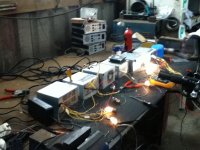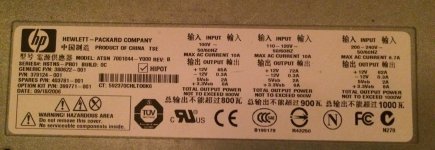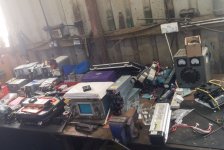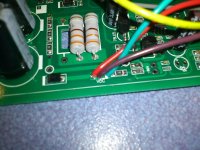NeilP
1 GW
http://www.hobbyking.co.uk/hobbyking/store/__15521__Turnigy_5000mAh_4S1P_14_8v_20C_hardcase_pack.html
http://www.hobbyking.co.uk/hobbyking/store/__56840__Multistar_High_Capacity_4S_5200mAh_Multi_Rotor_Lipo_Pack.html
http://www.hobbyking.co.uk/hobbyking/store/uh_listCategoriesAndProducts.asp?cwhl=XX&idCategory=86&v=&sortlist=P&LiPoConfig=6&CatSortOrder=asc
http://www.thunderpowerrc.com/Products/Chargers_2/TP1430C
http://www.endless-sphere.com/forums/viewtopic.php?f=14&t=23362
You really want the Celllog 8S that does logging, not the 'M'
http://www.progressiverc.com/celllog-8s.html
As for bulk charging search for PC PSU conversions. So you would get 4 working PC power supplies from scrap PC's and modify 3 of them, then stick them all in series for a free 50volt charger.
Also can use a single one to power the Hyperion balance charger.
http://www.hobbyking.co.uk/hobbyking/store/__56840__Multistar_High_Capacity_4S_5200mAh_Multi_Rotor_Lipo_Pack.html
http://www.hobbyking.co.uk/hobbyking/store/uh_listCategoriesAndProducts.asp?cwhl=XX&idCategory=86&v=&sortlist=P&LiPoConfig=6&CatSortOrder=asc
http://www.thunderpowerrc.com/Products/Chargers_2/TP1430C
http://www.endless-sphere.com/forums/viewtopic.php?f=14&t=23362
You really want the Celllog 8S that does logging, not the 'M'
http://www.progressiverc.com/celllog-8s.html
As for bulk charging search for PC PSU conversions. So you would get 4 working PC power supplies from scrap PC's and modify 3 of them, then stick them all in series for a free 50volt charger.
Also can use a single one to power the Hyperion balance charger.








